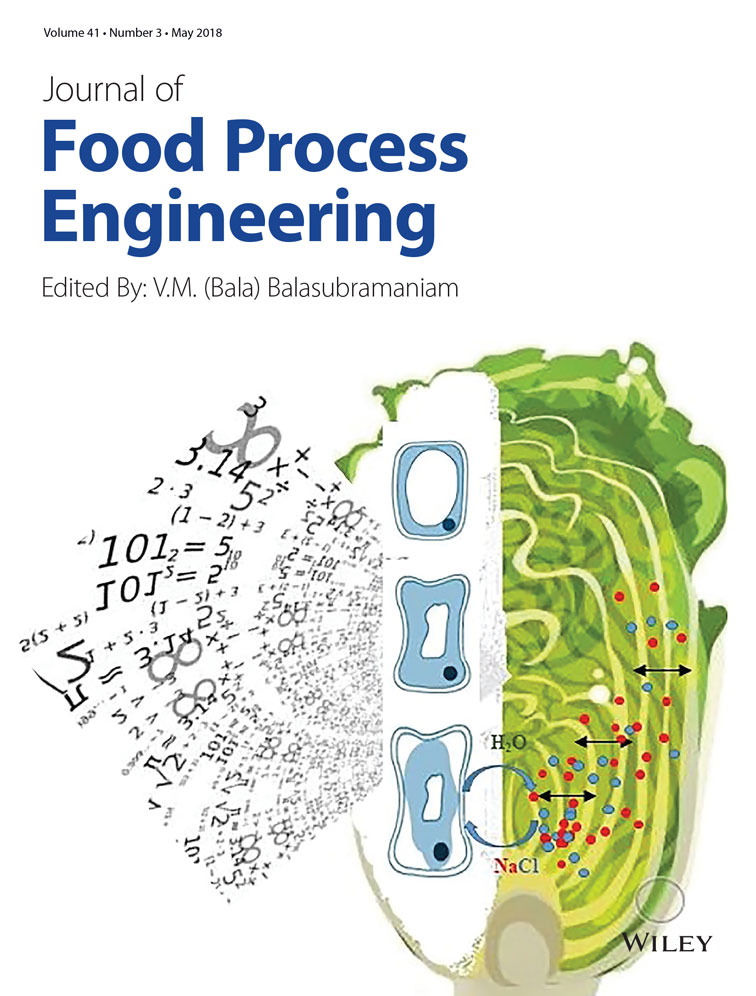Shelf-life prediction of microencapsulated Β-galactosidase powder prepared using enteric double-coating technology
Funding Information: Kangwon National University
Abstract
In this study, we estimated the storage period of enteric double-microencapsulated lactase (β-d-galactosidase) powder used to address lactose intolerance associated with milk. The coating materials were medium-chain triglyceride for the primary coating, and hydroxypropyl methylcellulose phthalate (HPMCP) and shellac for the secondary enteric coating. The isotherm profiles of the lactase microcapsule powders coated with HPMCP and shellac were type II and III, respectively. Compared with the shellac-coated microcapsules, the HPMCP-coated microcapsules showed lower moisture absorption (2.88% versus 38.06% of sample by weight), greater moisture desorption (0% versus 3.78% of sample by weight), and a longer predicted half-life (27.95 versus 12.25 months). Thus, the storage period of lactase was successfully elongated by microencapsulation, and HPMCP was superior to shellac as an enteric coating material for lactase microencapsulation.
Practical applications
The lactase microcpasules can be added in milk to prevent lactose intolerance. Also, the moisture sorption profile and storage period prediction of the capsules are expected to establish an efficient storage environment of the microcapsules in mass prodution and distribution of the capsules.




